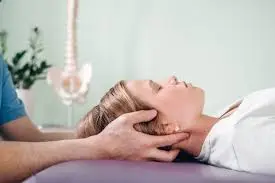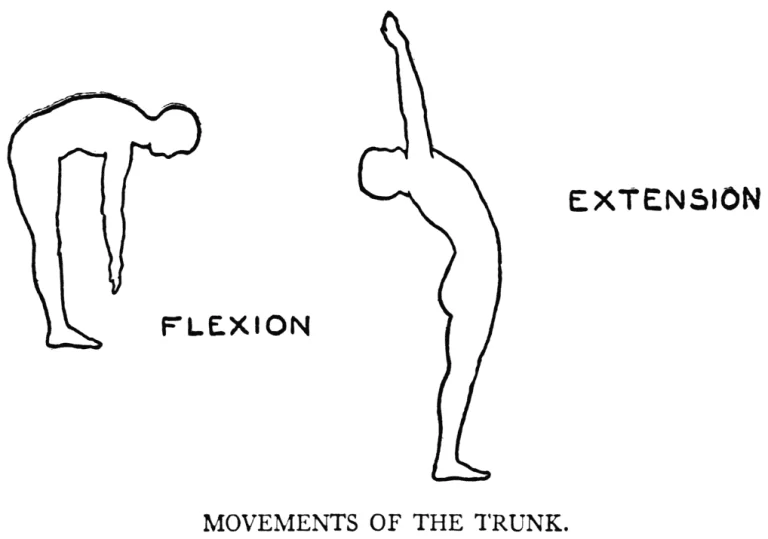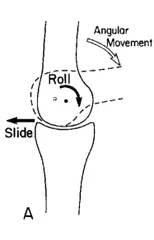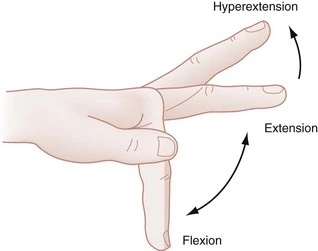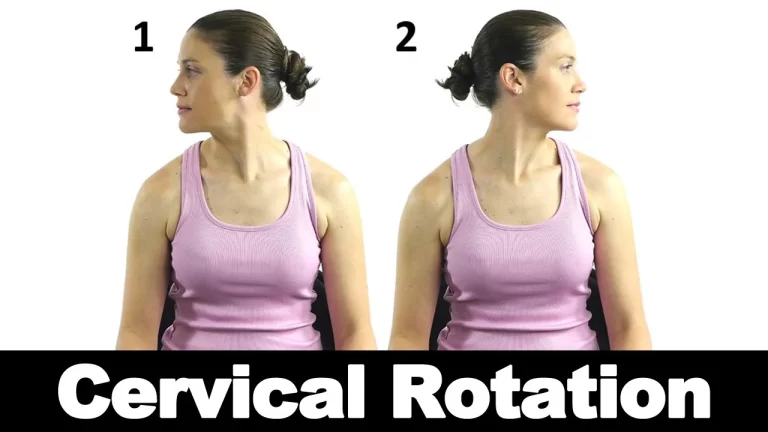Dead Bug Exercise
Introduction The Dead Bug Exercise is a straightforward yet wonderfully effective core training exercise that supports the lower back while toward the deep abdominal muscles. In opposed to crunches or sit-ups, which often result in spinal pain, the Dead Bug exercise focuses on the core stability system and emphasizes time and controlled movement, making it…


